Red Light Therapy Side Effects:
A Quick Guide
Many people worry that exposure to light can cause skin cancer, and this concern extends to red light therapy. Is this fear well-founded?
1.Exposure to sunlight increase the risk of skin cancer?
There have been many news reports that excessive sunlight has caused skin cancer. What is going on here? What kind of light is harmful to the human body?
To begin with, the sun's light has different types of UV radiation that can harm your skin. UV radiation is classified into three types: UVA, UVB, and UVC. The Earth's surface is exposed to UVA and UVB, but UVC is blocked by the atmosphere.
UVA and UVB radiation is responsible for skin aging and can also contribute to the development of skin cancer.The intensity of UV radiation varies depending on factors such as time of day, season, altitude, and latitude.
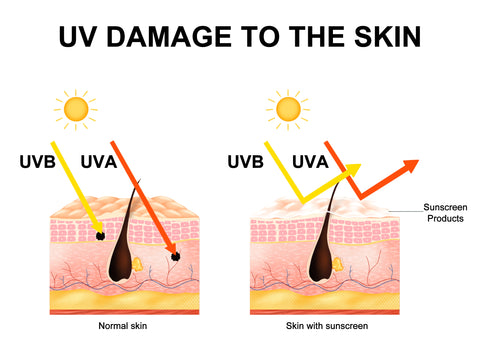
2.Is red light therapy safe?
Red light therapy, also known as low-level laser therapy, is a type of treatment that uses red light wavelengths to promote healing, reduce pain, and improve skin health. But is red therapy device safe?
First, it's important to note that red light therapy is generally considered safe when used properly. The therapy has been used for decades to treat a variety of conditions, including skin problems, joint pain, and even depression. Red light therapy is non-surgical, painless, and does not emit harmful radiation or heat.
The red light spectrum used in therapy typically ranges from 630 to 880 nanometers (nm). This range is known as the "therapeutic window" because it penetrates the skin deeply enough to stimulate cellular activity without causing damage. Different wavelengths within this range have been shown to have different effects on the body.
For example, red light with a wavelength of around 630 nm is thought to help boost collagen production, reduce inflammation, and improve skin tone and texture. Meanwhile, red light with a wavelength of around 850 nm is believed to be more effective in reducing pain and inflammation.
In summary, red light therapy spectra 630nm-850nm , it doesn’t have the UV light, red light device is generally considered safe and effective when used properly.

3.Red Light Therapy Side Effects
While red light therapy is generally safe, there are some potential side effects to be aware of. These can include temporary redness or irritation of the skin, as well as eye strain if the therapy is used on the face. However, these side effects are typically mild and go away quickly.
It's also important to note that red light therapy is not suitable for everyone. People with certain medical conditions, such as epilepsy or thyroid problems, should avoid the therapy, as should pregnant women. It's always a good idea to talk to your healthcare provider before trying any new therapy or treatment.
In conclusion,red light therapy device spectra can affect human skin in different ways, and different wavelengths may be more effective for certain conditions. As with any therapy, it's important to use red light therapy responsibly and talk to your healthcare provider before trying it.
4.How to minimize the risks of red light therapy
This treatment is generally considered safe, there are still potential risks associated with its use. In this post, we'll explore how to minimize the risks of red light therapy and ensure safe and effective treatment.
A. Consult with a healthcare professional
Before starting red light therapy, it's important to consult with a healthcare professional to determine if it's the right treatment for you.
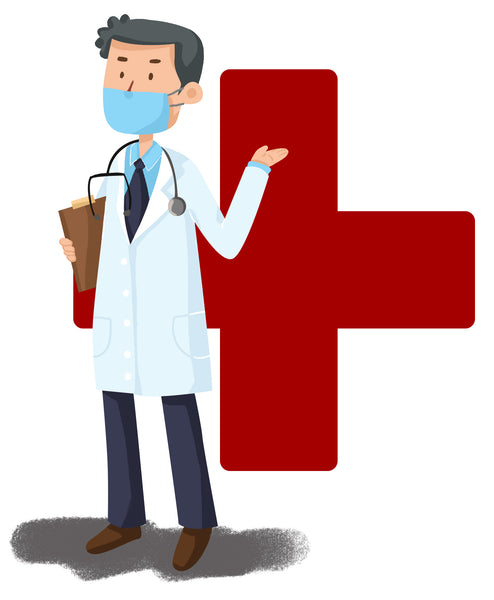
B.Start with a low dosage
When starting red light therapy, it's recommended to start with a low dosage and gradually increase over time as needed.

C. Protect your eyes
Red light therapy can be harmful to the eyes, so it's important to wear eye protection during treatment.
D.Be aware of potential side effects
While red light therapy is generally considered safe, there are potential side effects that can occur, such as skin irritation or redness. Be aware of these potential side effects and stop treatment if any adverse reactions occur. It's also important to report any adverse reactions to your healthcare provider.
In conclusion, red light therapy can be a safe and effective treatment option for a range of conditions, but it's important to take steps to minimize the risks. By consulting with a healthcare professional, starting with a low dosage, protecting your eyes, avoiding overuse, and being aware of potential side effects, you can ensure safe and effective treatment. As with any treatment, it's important to follow recommended guidelines and consult with a healthcare provider for personalized recommendations.

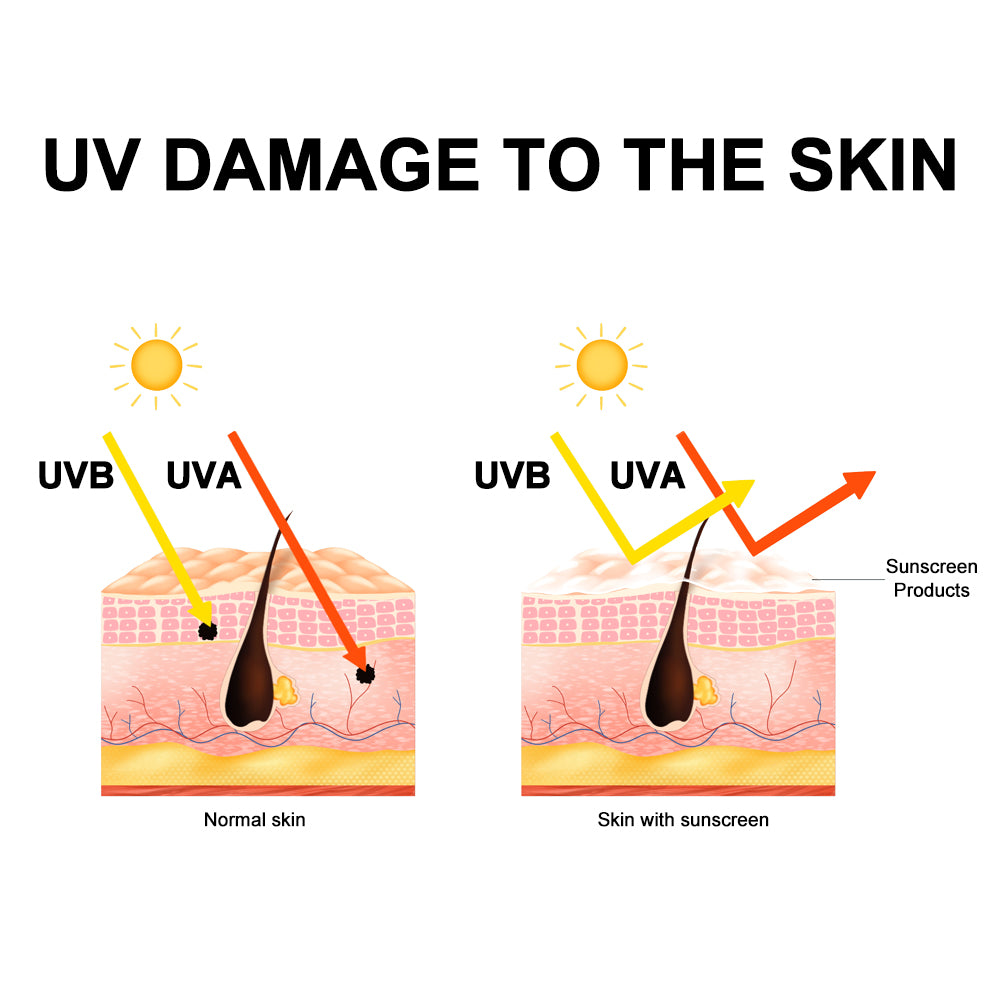

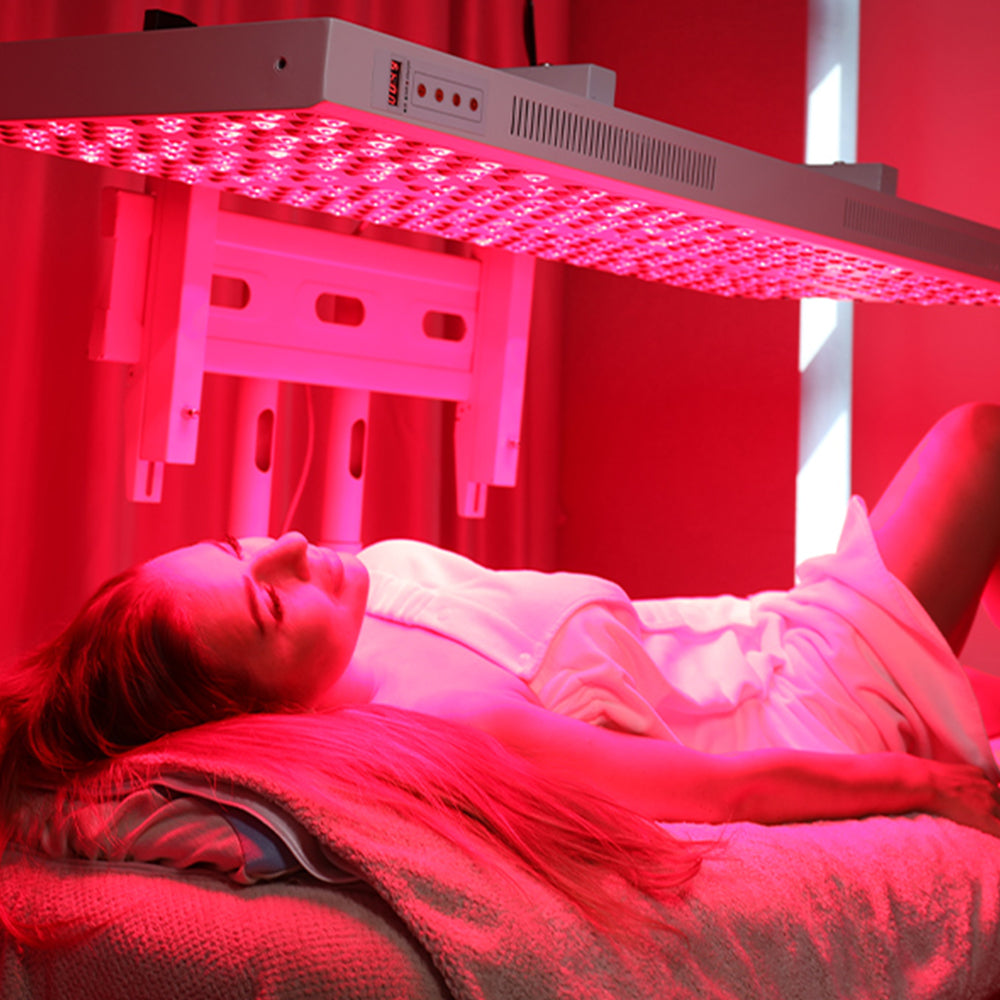
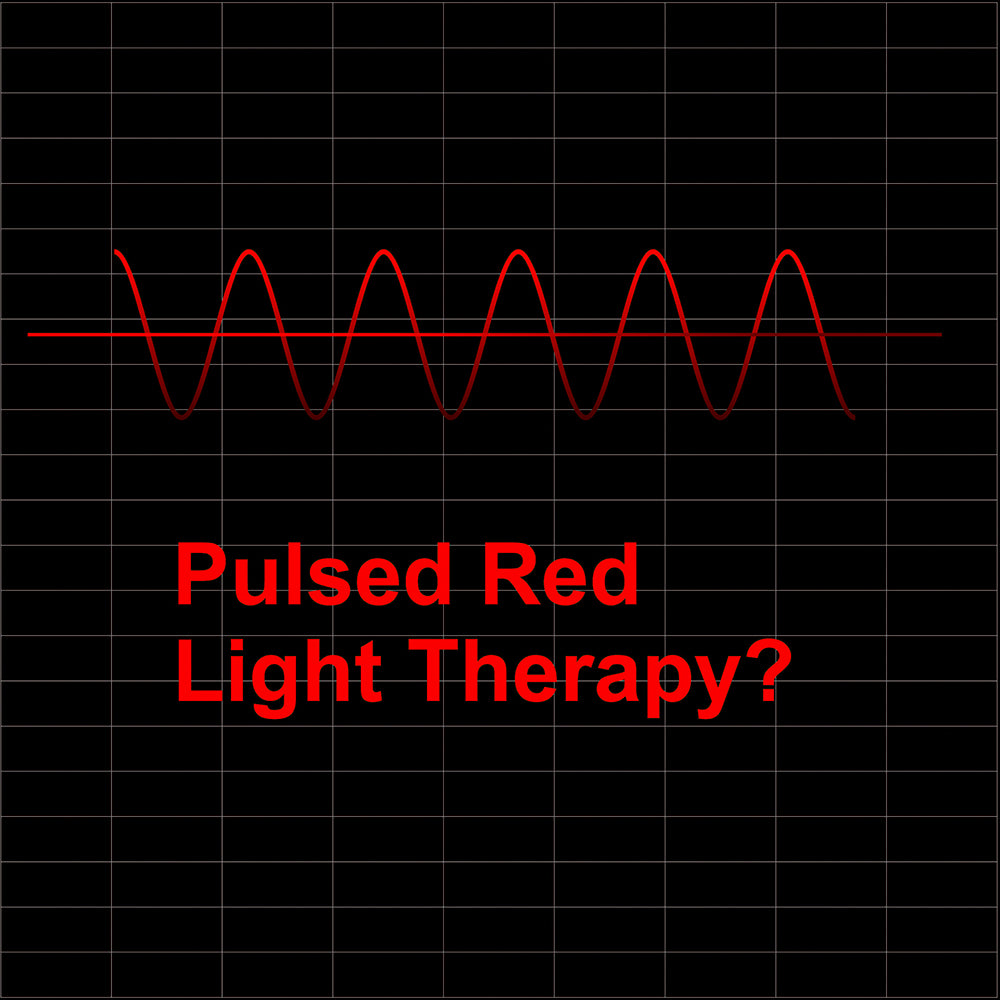


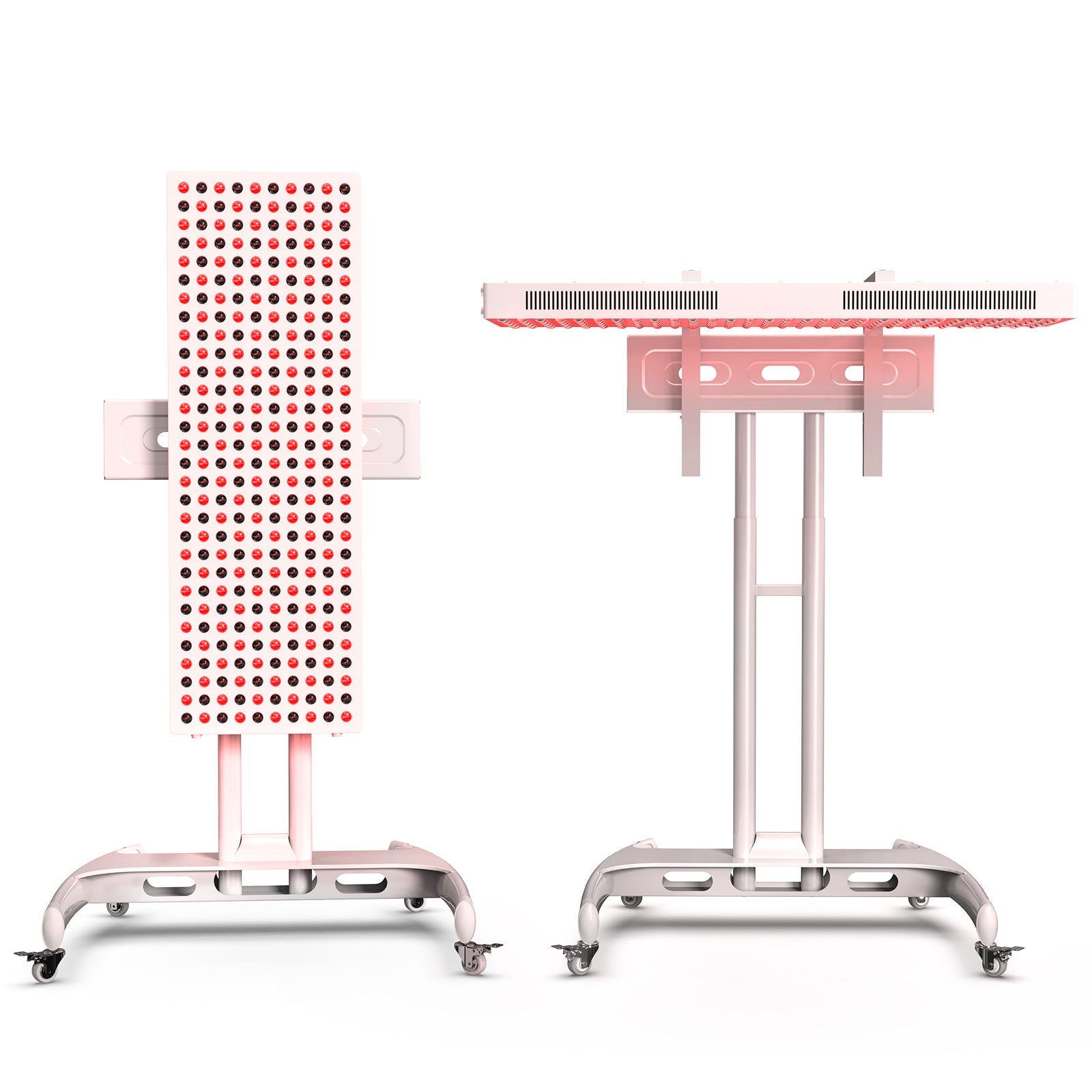
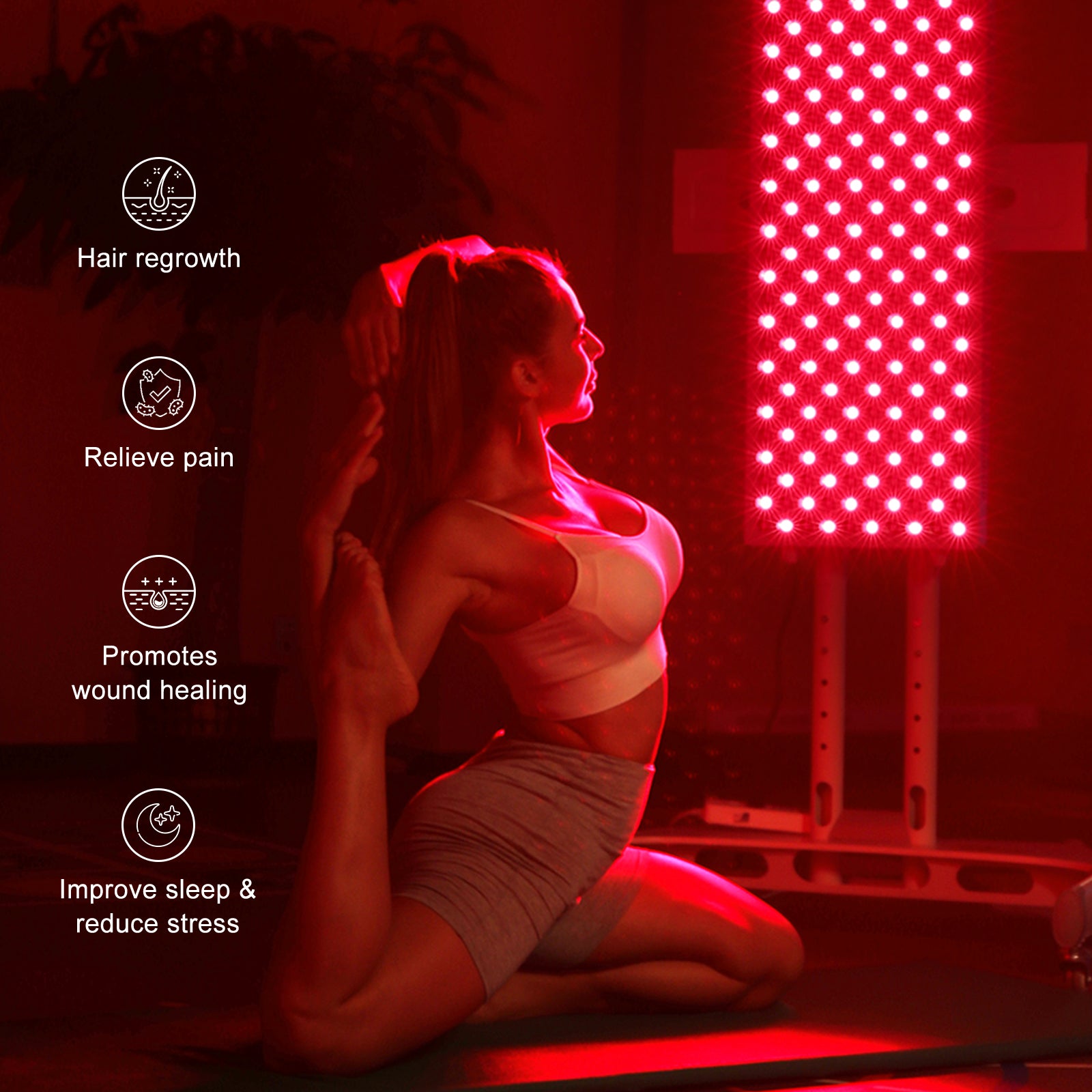
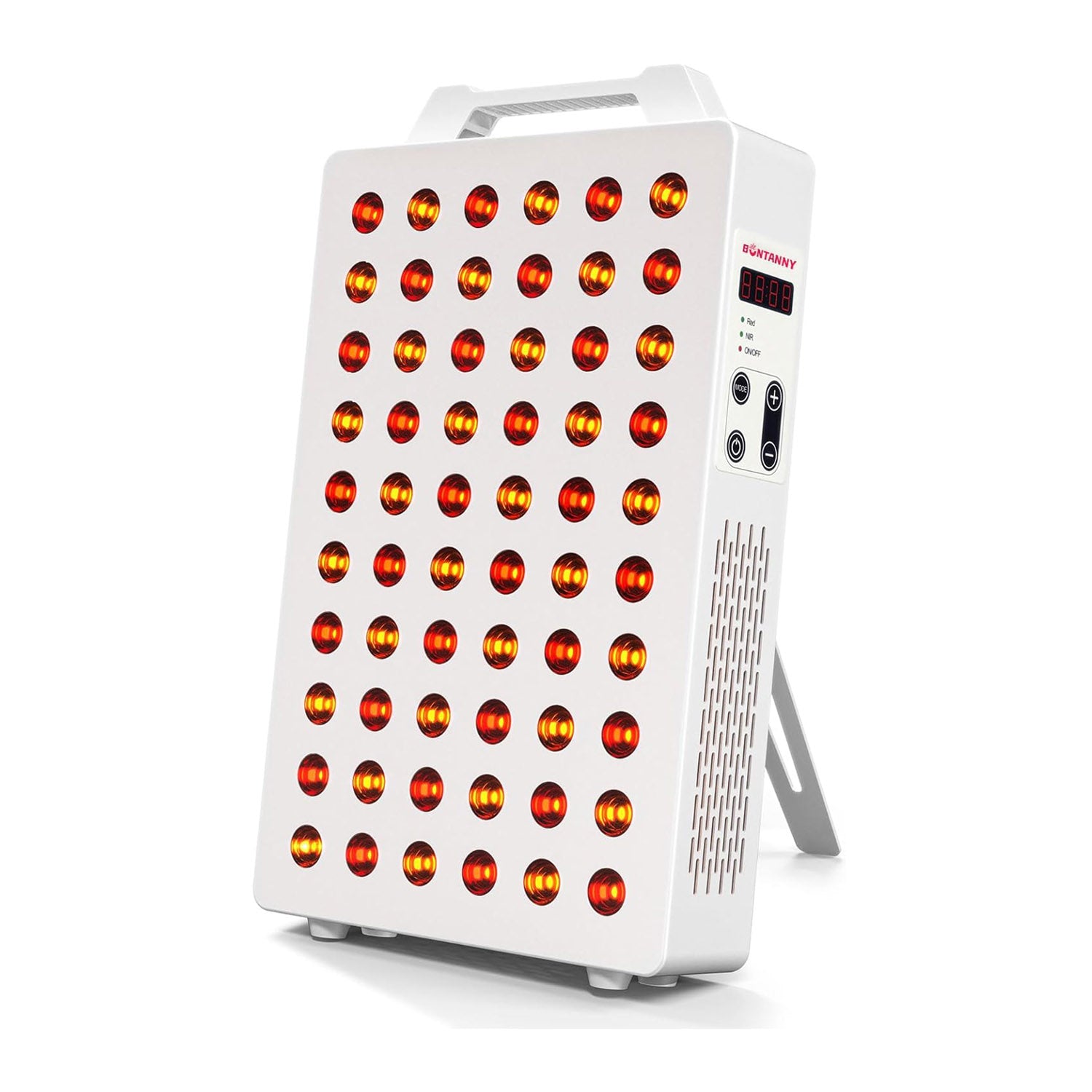


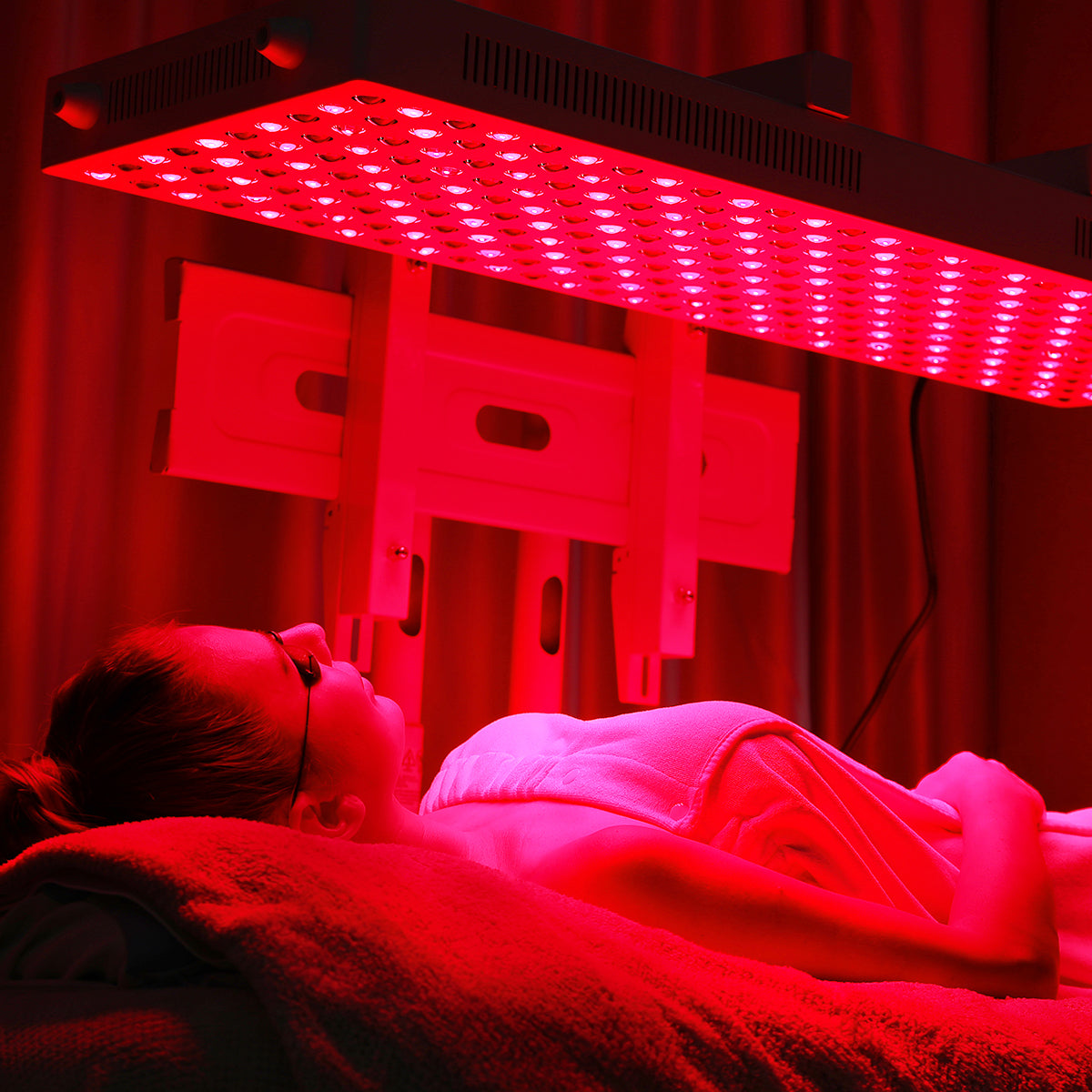
Leave a comment
This site is protected by hCaptcha and the hCaptcha Privacy Policy and Terms of Service apply.